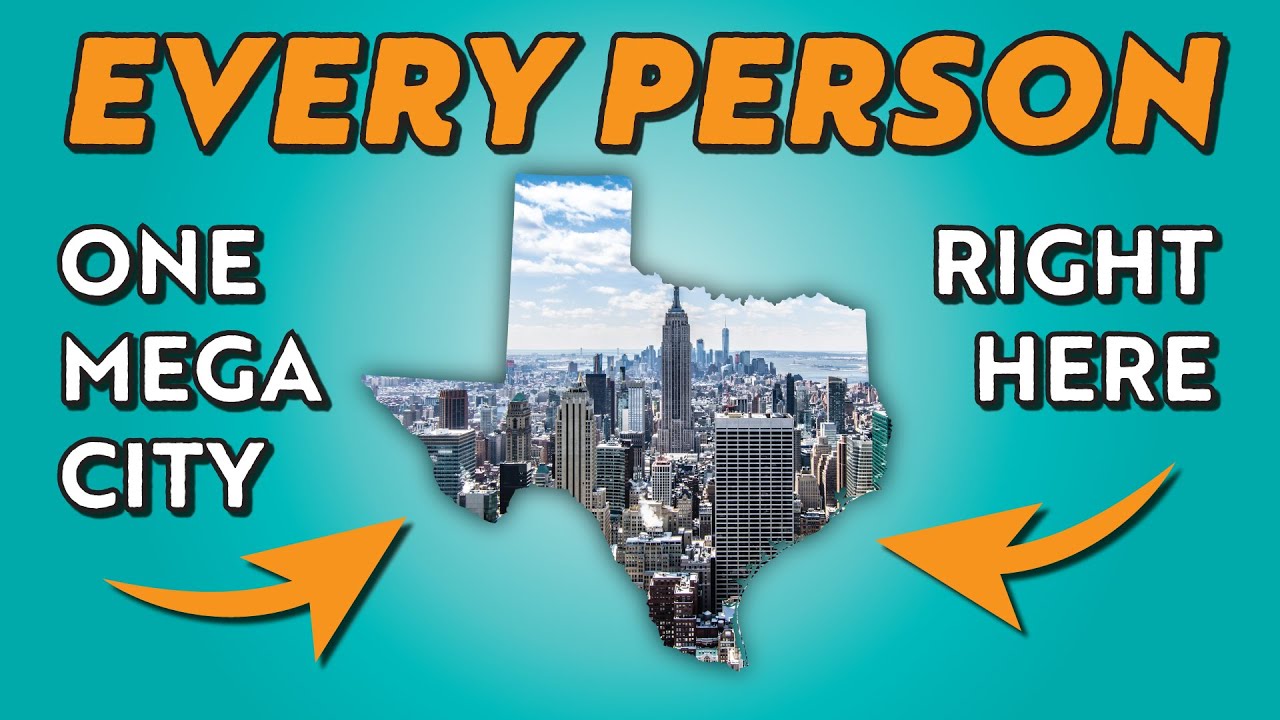Introduction to population density in Rhode Island
Rhode Island, the smallest state in the United States, is known for its rich history, beautiful coastline, and vibrant culture. With an area of just 1,214 square miles, it is crucial to understand the level of population density in Rhode Island. Despite its small size, Rhode Island has a significant population, making it one of the most densely populated states in the country. This article aims to explore various aspects of population density in Rhode Island and its implications on the state’s infrastructure, economy, and environment.
Understanding the concept of population density
Population density refers to the number of individuals per unit area, typically measured in square miles or square kilometers. It helps in determining how crowded or sparse an area is. In the case of Rhode Island, population density is a crucial metric due to its limited land area. A higher population density indicates that resources such as housing, transportation, and public amenities need to be efficiently managed to meet the needs of the residents.
Demographic overview of Rhode Island’s population
As of 2020, Rhode Island has an estimated population of approximately 1.1 million people. The state’s population has been steadily growing over the years, although at a slower rate compared to other states. The demographic makeup of Rhode Island is diverse, with a mix of racial and ethnic backgrounds. The majority of the population resides in urban areas, particularly in cities like Providence, Warwick, and Cranston.
Factors contributing to population density in Rhode Island
Several factors contribute to the high population density in Rhode Island. One significant factor is its geographical size. With an area of just over 1,200 square miles, Rhode Island has limited space for its population to spread out. The state’s proximity to major metropolitan areas such as Boston and New York City also attracts commuters and individuals seeking employment opportunities. Additionally, Rhode Island’s extensive coastline and scenic beauty make it an attractive destination for tourism and recreation, further adding to its population density.
Comparing population density in Rhode Island to other states
When compared to other states, Rhode Island stands out for its high population density. With approximately 1,017 people per square mile, it ranks as the second most densely populated state in the United States, following New Jersey. This high population density highlights the challenges faced in managing resources and infrastructure effectively. It also emphasizes the need for smart urban planning and sustainable development to accommodate the growing population.
Impact of population density on infrastructure in Rhode Island
The high population density in Rhode Island poses significant challenges in terms of infrastructure. The state’s roads, highways, and public transportation systems experience heavy traffic congestion, particularly during peak hours. The demand for affordable housing also increases due to limited space, leading to higher costs and limited availability. Additionally, the strain on public utilities, such as water and electricity, increases as the population density rises. Addressing these infrastructure challenges is crucial to ensure the well-being and quality of life for Rhode Island’s residents.
Challenges and benefits of high population density in Rhode Island
While high population density presents challenges, it also brings several benefits to Rhode Island. Concentrated populations foster vibrant communities, cultural diversity, and economic growth. Urban centers become hubs for innovation, entrepreneurship, and job opportunities. The close proximity of amenities, services, and entertainment options also enhances the overall quality of life for residents. However, it is essential to strike a balance between accommodating growth and addressing the associated challenges to maintain a sustainable and desirable living environment.
Efforts to manage and control population density in Rhode Island
To manage and control population density, Rhode Island has implemented various strategies. Urban planning initiatives focus on creating compact, walkable communities that maximize land use efficiency. The state also encourages mixed-use development, which combines residential, commercial, and recreational spaces within the same area. Additionally, efforts are made to improve public transportation, promote affordable housing, and preserve open spaces to ensure a balanced and sustainable growth pattern.
Analysis of population density trends in Rhode Island
In recent years, Rhode Island has witnessed a slight decrease in population density growth. This trend can be attributed to factors such as an aging population, outmigration of young professionals, and a declining birth rate. However, it is worth noting that the state’s overall population continues to grow, albeit at a slower pace. Understanding these trends is crucial for policymakers to make informed decisions regarding infrastructure development, resource allocation, and managing the changing demographics of Rhode Island.
Implications of population density for Rhode Island’s economy
Population density has significant implications for Rhode Island’s economy. The concentration of people in urban areas creates a vibrant consumer market, attracting businesses and investment. It fosters innovation and entrepreneurship, contributing to job creation and economic growth. However, the high cost of living associated with high population density can pose challenges in attracting and retaining talent. Balancing economic opportunities with affordable housing and cost of living is crucial for ensuring the long-term economic sustainability of Rhode Island.
Environmental considerations in relation to population density
Population density also has environmental implications for Rhode Island. Higher population density can lead to increased pollution, energy consumption, and waste generation. The demand for housing and infrastructure development may encroach upon natural habitats and open spaces, impacting biodiversity and ecological balance. To mitigate these environmental concerns, Rhode Island emphasizes sustainable development practices, promotes renewable energy initiatives, and supports conservation efforts to preserve its natural resources.
Conclusion: Rhode Island’s population density in perspective
Rhode Island’s population density is a defining characteristic of the state. Despite its small size, the state accommodates a significant number of residents, leading to challenges and opportunities. Efficient management of resources, infrastructure development, and sustainable planning are crucial for ensuring a high quality of life for Rhode Island’s residents. Understanding population density trends and their implications is essential for policymakers to make informed decisions that promote economic growth, preserve the environment, and maintain a desirable living environment for current and future generations.





